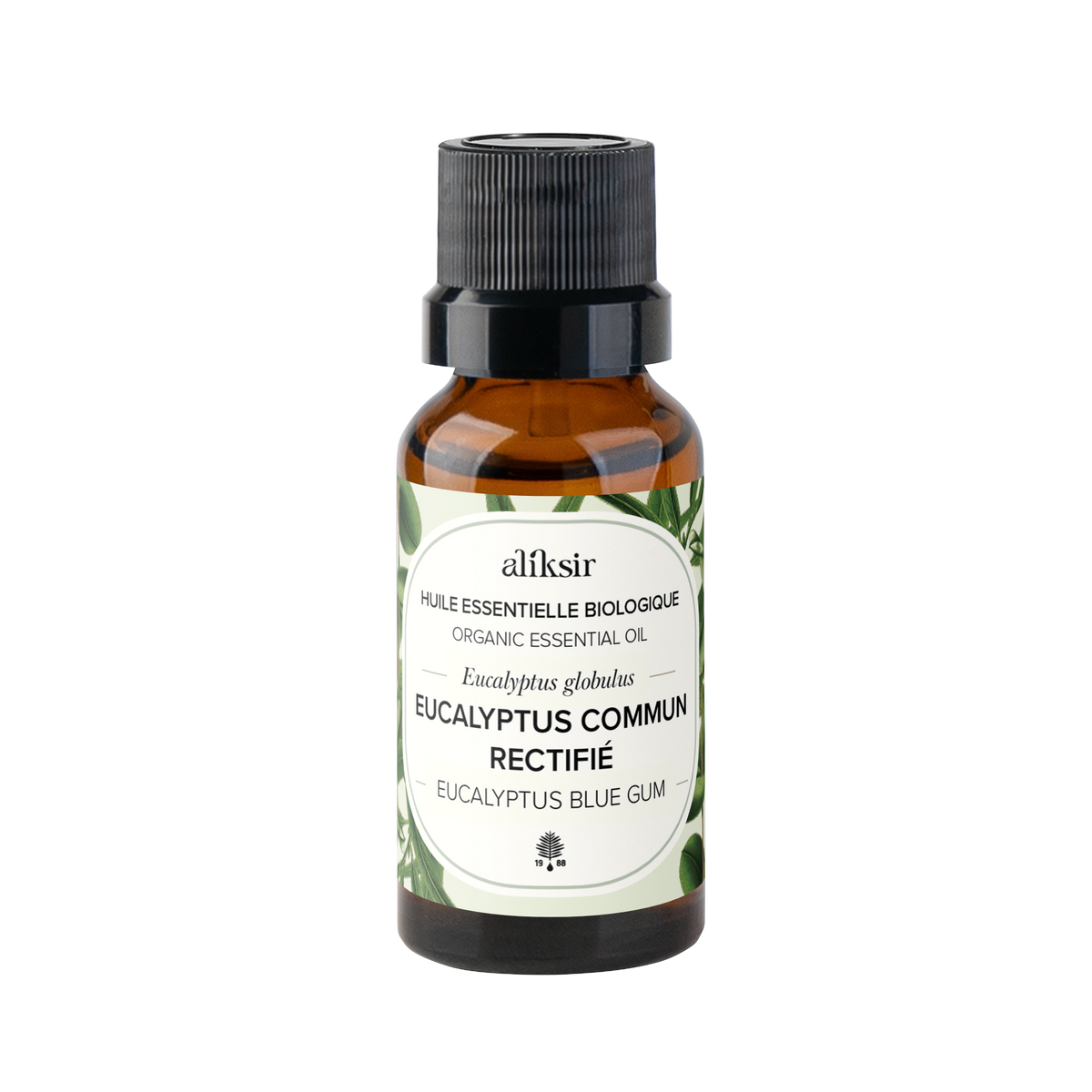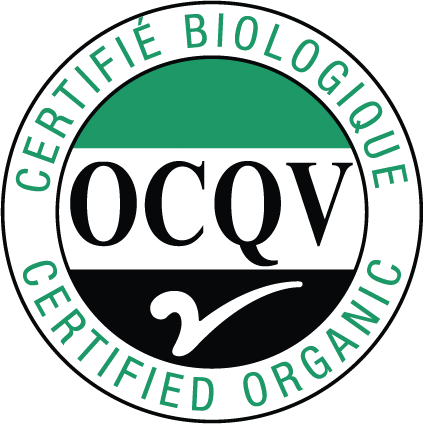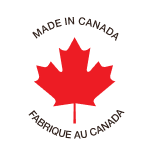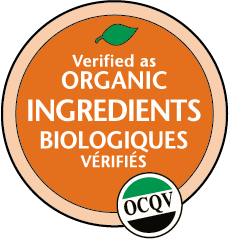





- Home
- Eucalyptus Blue Gum Rectified (Eucalyptus globulus) - Organic Essential Oil
Eucalyptus Blue Gum Rectified (Eucalyptus globulus) - Organic Essential Oil
Couldn't load pickup availability
| Latin name: Eucalyptus globulus |
| French name: Eucalyptus commun, eucalyptus globuleux, gommier, gommier bleu, arbre au koala, arbre à la fièvre, huile de respiration. |
| English name: Eucalyptus Blue Gum, Tasmanian Blue Gum, Blue Gum, Australian Fevertree, oil of respiration |
| Family: Myrtaceae |
| Country of origin: Australia, Spain |
|
Originally from Australia, particularly the Tasmanian region, the eucalyptus tree quickly spread to the subtropical areas of Asia and the Mediterranean basin. Its remarkable ability to absorb water from the soil allows it to dry out the swamps where it grows, thus helping to reduce the habitats conducive to the proliferation of malaria-carrying mosquitoes. This is why it was nicknamed the "fever tree" or Australian Fevertree . Aboriginal peoples used eucalyptus in an ingenious way: they dipped one root end into a pool of water and the other into a container, taking advantage of the natural pumping effect to collect the water. The leaves were also used to relieve fever and other common ailments. Commercial production of eucalyptus essential oil began in the 1860s in Victoria, Australia. Today, Australia, Morocco, Spain, and some former Soviet Union countries are among the major producers. What distinguishes rectified Eucalyptus globulus essential oil: The crude essential oil has been "rectified" by a redistillation or fractionation process aimed at purifying or standardizing the composition (often to increase the concentration of 1,8-cineole). Features : Use : |
Data sheet
Uses
Safety
Chromatography
References
FAQ
Filter by category


